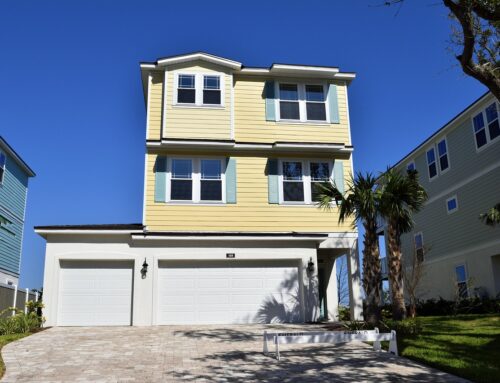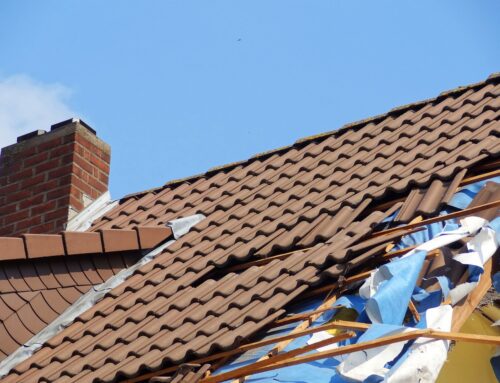When disaster strikes your home or business, navigating the claims process can be stressful—especially if you’re unsure how your insurance policy defines certain types of damage. One of the most common sources of confusion for property owners in Florida is the difference between water damage and flood damage. While they may sound similar, insurance companies treat these two types of losses very differently, and understanding the distinction can save you time, money, and frustration when filing a claim.
At Anderson & Associates Insurance Group, we believe in helping our clients make informed decisions. Here’s what you need to know about how insurers define water and flood damage—and why it matters.
What Is Water Damage?
Water damage generally refers to unexpected or accidental water intrusion that originates inside the home or from above. Most standard homeowners and commercial property insurance policies cover water damage under certain conditions. Common examples include a burst pipe, an overflowing washing machine or dishwasher, a leaking roof caused by a storm, or a toilet or tub overflow
For coverage to apply, the cause must be sudden and accidental—not due to negligence or lack of maintenance. For instance, if a pipe bursts suddenly, your insurer may cover the damage to walls, floors, and personal property. However, if the pipe has been slowly leaking for months due to poor upkeep, coverage might be denied.
What Is Flood Damage?
Flood damage, on the other hand, is defined very specifically by the Federal Emergency Management Agency (FEMA) and the National Flood Insurance Program (NFIP). Flooding is considered to be “an excess of water on land that is normally dry, affecting two or more properties, or two or more acres of land.”
This can happen due to:
- Heavy rainfall leading to rising water
- Overflowing rivers, lakes, or streams
- Storm surges from hurricanes
- Surface water accumulating faster than it can drain
If the water comes in through your doors or foundation and causes the same damage as a burst pipe, your standard homeowners policy will not cover flood damage. Instead, you need a separate flood insurance policy, either through the NFIP or a private insurer.
Why This Difference Matters
Understanding the difference between water and flood damage is critical because it directly impacts whether your loss will be covered. A common scenario we see is when a severe rainstorm causes water to enter the home through the foundation or ground-level windows. Even though it’s rainwater, this is often categorized as a flood—and standard homeowners’ insurance won’t cover it.
On the other hand, if that same rainstorm causes your roof to leak and water damages the ceiling and walls inside your home, that will typically fall under water damage and could be covered, assuming your policy is active and the damage was sudden.
Protect Yourself from Flood and Water Damage
Review Your Policies: Make sure you understand exactly what your current homeowners or commercial property policy covers. If you live in a flood-prone area, consider purchasing a separate flood insurance policy.
Ask Questions: At Anderson & Associates Insurance Group, we encourage our clients to ask questions and get clarification. The time to understand your coverage is before—not after—a claim.
Maintain Your Property: Regular maintenance can prevent many common water damage claims and may make the difference between an accepted or denied claim.
Know Your Risk: Use tools like FEMA’s Flood Map to see if your property lies in a high-risk area. Flood insurance is available even if you’re outside those zones—and often at a lower cost.
Don’t Let Water Damage Catch You by Surprise
Water and flood damage may look the same when you’re mopping up the mess, but they’re worlds apart in the eyes of your insurance company. Being proactive about understanding your coverage—and filling any gaps—can make all the difference when water threatens your home or business.
Need help reviewing your coverage or getting flood insurance? Contact Anderson & Associates Insurance Group today—your protection is our priority.










